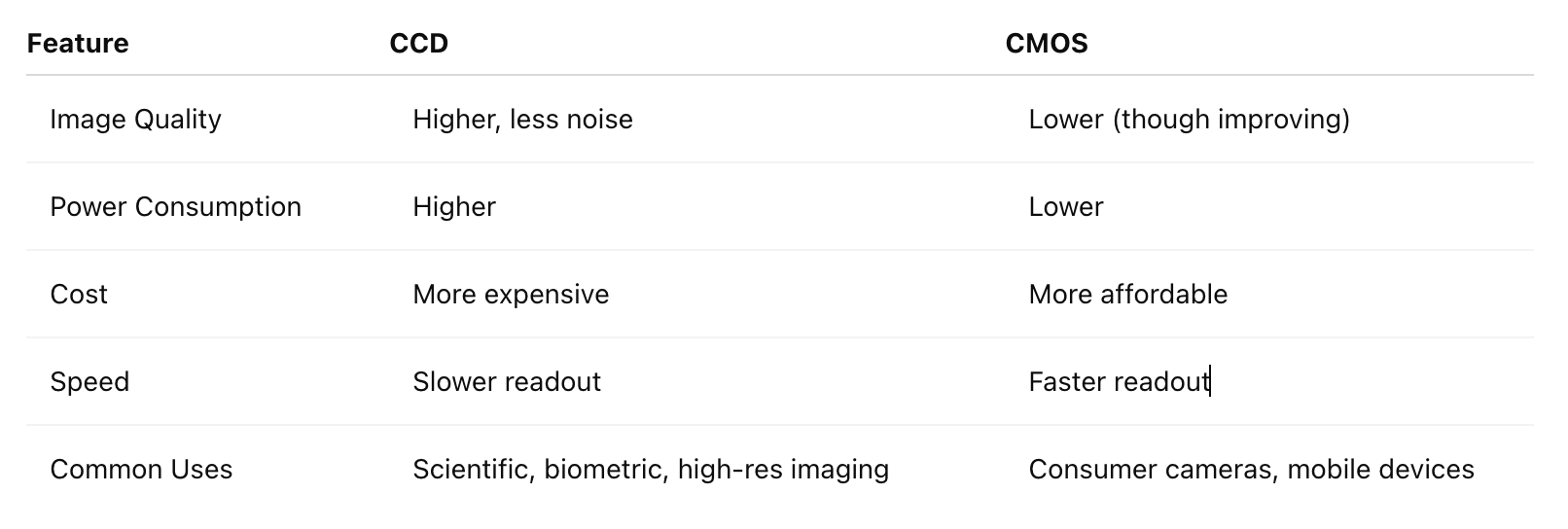A Charge-Coupled Device (CCD) is a type of digital sensor used to capture images by converting light into electronic signals. Originally developed in the 1960s, CCDs have been widely used in digital imaging technologies such as cameras, telescopes, scanners, and biometric systems. In the context of workforce management and payroll technology, CCDs play an important role in biometric attendance systems, particularly those using facial recognition or fingerprint scanning.
A CCD sensor works by:
This technology allows for extremely high image quality and low noise, making it suitable for sensitive imaging applications like security, astronomy, and biometrics.
In HR and payroll software ecosystems like Microkeeper, CCDs are often integrated into:
These systems use CCD-based imaging to accurately capture a person’s unique biometric data, which is then processed and verified by attendance tracking software.

While CMOS (Complementary Metal-Oxide-Semiconductor) sensors are more common today due to cost and power advantages, CCDs are still preferred in environments where precision and low noise are essential, such as biometric terminals in secure payroll environments.
Microkeeper biometric attendance devices using CCD sensors:
Explore Microkeeper’s Time and Attendance Features.
For high-precision needs like biometrics and low-light environments, CCD still outperforms CMOS. However, CMOS is catching up quickly.
No. It converts light into electrical signals which are then processed and stored digitally by the system.
In most devices, the CCD is built-in and not user-serviceable. Device replacement or professional servicing is required.
The Charge-Coupled Device (CCD) remains an integral component in many high-resolution imaging systems, especially within biometric attendance and workforce tracking tools. While newer CMOS sensors offer competitive features, CCD continues to be valued for its accuracy, consistency, and reliability, particularly when integrated into workforce platforms like Microkeeper.
Disclaimer: This content is for informational purposes only and does not constitute technical or purchasing advice. Consult with your biometric hardware provider or IT department before implementing new hardware solutions.